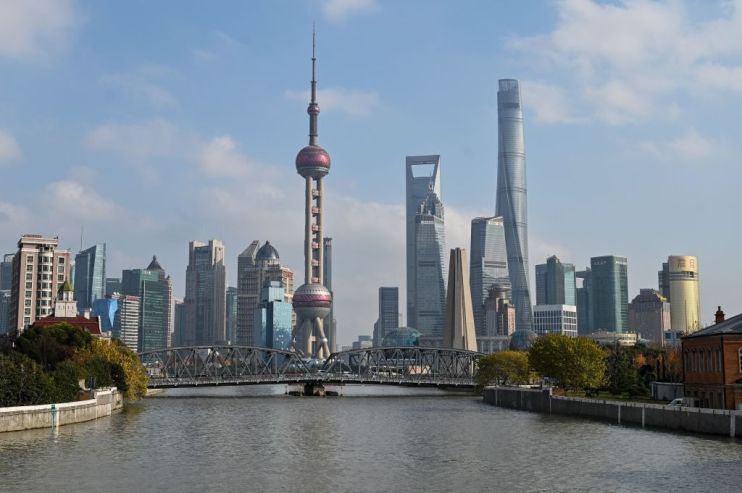Falling pork prices drags China back into deflation as recovery continues to stumble

China’s recovery from the Covid lockdowns faced another blow as the economy slipped back into deflation in October.
New figures from the National Bureau of Statistics showed that the consumer price index dropped 0.2 per cent compared to last year and was down 0.1 per cent from the month before.
Producer prices meanwhile fell for the 13th consecutive months, falling 2.6 per cent on the year before.
The headline rate of consumer inflation was dragged lower by falling pork prices, which dropped over 30 per cent year-on-year.
Robert Carnell, economist at ING, said the figures suggested that “the hog cycle is alive and well in China”.
The hog cycle refers to volatility in pork prices as when prices rise, farmers keep pigs back to build their herd. This then leads to a glut the following season.
The figures point to the problems the Chinese government has faced in generating a sustainable recovery from its draconian Covid lockdowns.
China has slipped into deflation once this year already in July and has struggled to generate any meaningful economic momentum.
The slowing rate of core inflation in today’s figures, which climbed 0.6 per cent year-on-year, points to the widespread disinflationary pressures facing the world’s second largest economy.
Last month the ruling communist party unveiled fresh stimulus measures to support the economy, issuing debt worth around 0.8 per cent of GDP to support infrastructure investment.
But Julian Evans-Pritchard and Sheana Yue said the current bout of deflation was unlikely to persist, although inflation would remain low for the foreseeable future.
“China’s low inflation rate is not primarily due to domestic weakness. Instead, it appears to be related to price cutting by Chinese manufacturers in a bid to defend market share as the pandemic boom in global goods demand peters out,” they said.
Services inflation, which more accurately captures domestic inflationary pressures, climbed 1.2 per cent annually.
“We don’t think the country is about to enter a deflationary spiral,” Evans-Pritchard and Yue said.
Carnell agreed the slight dip in year-on-year prices was not a major concern for the government. “What China has right now, is a low rate of underlying inflation, which reflects the fact that domestic demand is fairly weak,” he said.